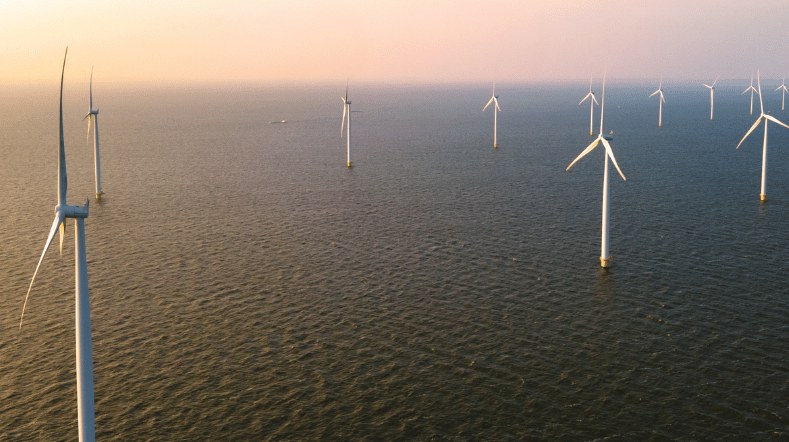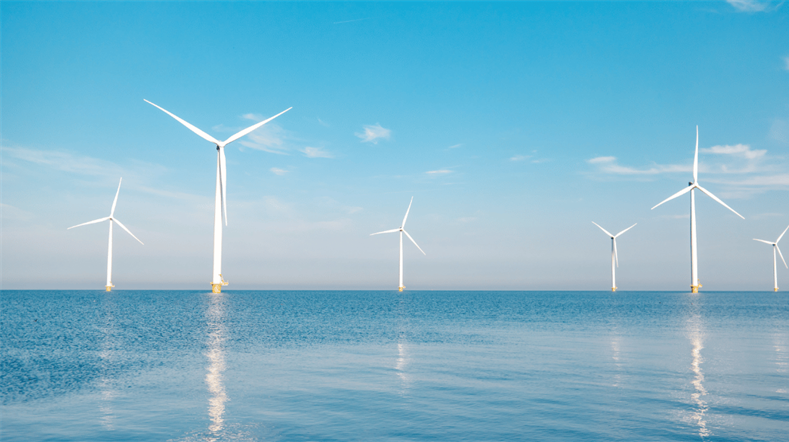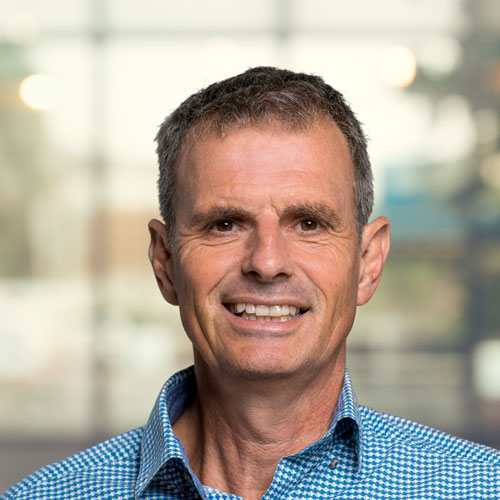
Large-scale production of green hydrogen through electrolysis
To achieve the climate targets, we need to be very aware of the availability of raw materials. According to our calculations, stocks are not sufficient for the amount of hydrogen that we want to produce through electrolysis, for example. We must prioritise this problem as a matter of urgency if the energy transition is to succeed.
The role of hydrogen in the energy transition
Wind turbines and solar panels play an increasingly big role in electricity production. But these types of energy production are not very constant. There are always times when the wind doesn’t blow. And it’s in winter, when the days are short and the sun is less strong, that households have higher energy demands.
This means there’s a great need to cover those periods when the sun and wind fail to perform. It’s therefore very handy that electrolysis can be used to convert a surplus of renewable energy into hydrogen. Hydrogen made using electricity from renewable sources (e.g., solar and wind energy) causes no CO2 emissions. You can then transport hydrogen by lorry, ship, or pipeline to places where extra energy is needed. It looks as if hydrogen is going to play a key role in the transition to a sustainable energy system.
Scarce and expensive raw materials needed for electrolysis
The Dutch Climate Agreement includes a separate chapter on hydrogen. A programme has also been launched in the Netherlands for the large-scale use of green hydrogen in the future. This will require a very large number of electrolysers. A point of concern is that electrolysers contain scarce and expensive materials, such as platinum and iridium.
Urgent search for alternative raw materials
Our calculations show that the supply of iridium in particular will be a problem in the longer term. There simply isn’t enough of it available to meet the demand for green hydrogen. And that’s only one of the uses of iridium. It’s also needed for other applications, so the shortage is actually even more severe. In addition, iridium isn’t the only scarce material. In the Netherlands and in the rest of Europe, we’ll therefore have to start searching soon for alternative raw materials and technologies to make up for the shortage of these scarce materials.
3 solutions to the raw material shortage
To produce hydrogen, you need an electrolyser and there’s a lot to be gained from developing one more effectively. We’re therefore focusing in this direction. We distinguish between 3 types of solution.
1. Reduce dependence on critical raw materials
2. Intensify the use of current electrolysers
3. Recycle critical raw materials
The 3 solutions have varying impacts on our green ambitions. Our research shows that solution 1 is the most effective. It’s important to note, however, that none of the solutions can deal with the raw materials problem on its own. The problem is too large and too complex for that. But if we want to make hydrogen developments a success, we must continue on the route that we’ve outlined in the 3 solutions.
In this solution, we design the electrolyser in such a way that it needs less iridium to produce hydrogen. This technique is known as Atomic Layer Deposition. It involves applying extremely thin layers of the material in the form of vapour. With this method, we need around 15 times less iridium.
You can get more out of an electrolyser by increasing the current density, for example. This lets you produce more hydrogen. Another possibility is to extend the life of an electrolyser.
There are several ways of recycling the used raw materials. The method you apply depends on the type of electrolyser and the raw material. We consider hydrometallurgical treatment and selective electrochemical dissolution to be two effective approaches.
TNO makes every effort to contribute to the energy transition. In doing so, we’re in close contact with industry and Dutch and European policymakers. We also collaborate with parties that can contribute towards solving the raw materials problem.
On the way to a green future part 1
Want to know more about the analysis of the raw materials problem? Then read part 1 of our research paper ‘How the raw material shortage is hampering our green hydrogen ambitions and the energy transition as a whole’.
On the way to a green future part 2
Want to know more about the possible solutions to the raw materials problem? You can read part 2 of our research paper ‘How we can prevent the raw material shortage and realise our green hydrogen ambitions’.
‘Critical materials’ podcast
Want to know more about the shortage of raw materials crucial for the energy transition? Listen to the ‘Critical materials’ podcast with TNO expert Sara Wieclawska and Mohammed Chahim (Vice-president of S&D responsible for the European Green Deal).
Get inspired
Reduce Europe’s dependence on Chinese wind power and electrolysers


Research TNO and HCSS: Europe under pressure from Chinese advance in wind and electrolysis technology


Orchestrating Innovation

Mission oriented research and innovation policy

Gridmaster cooperation energy infrastructure port of Rotterdam



